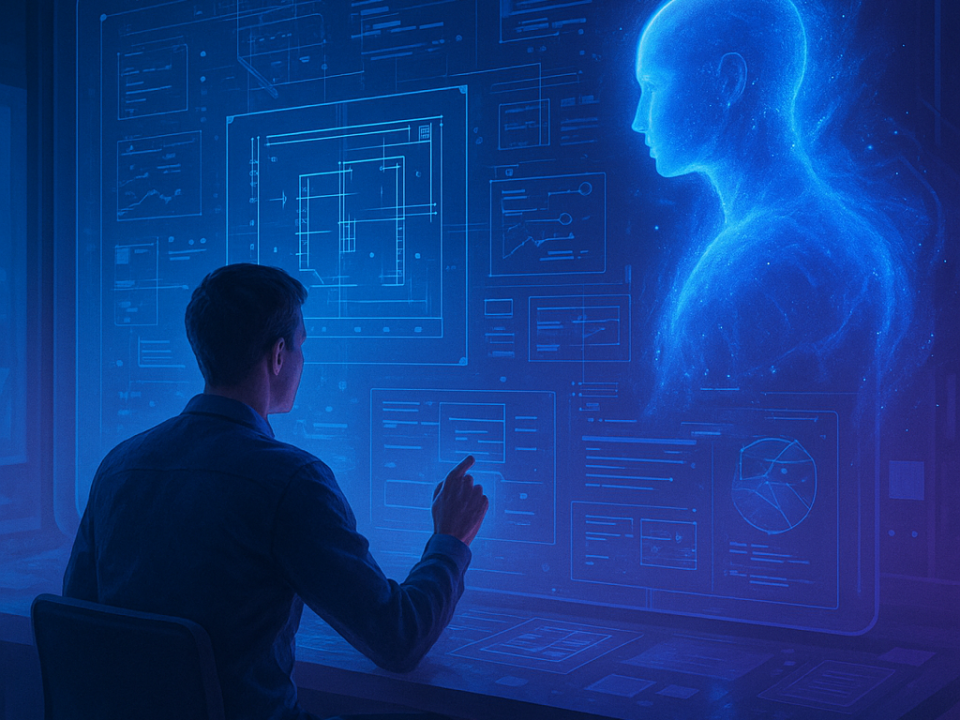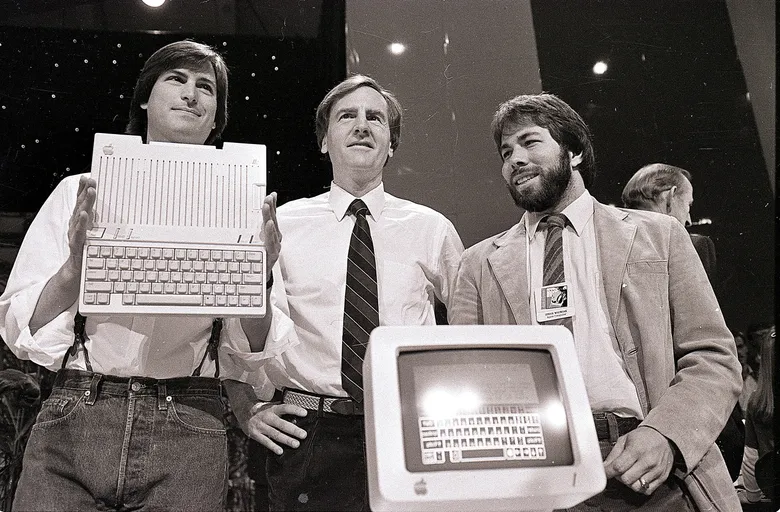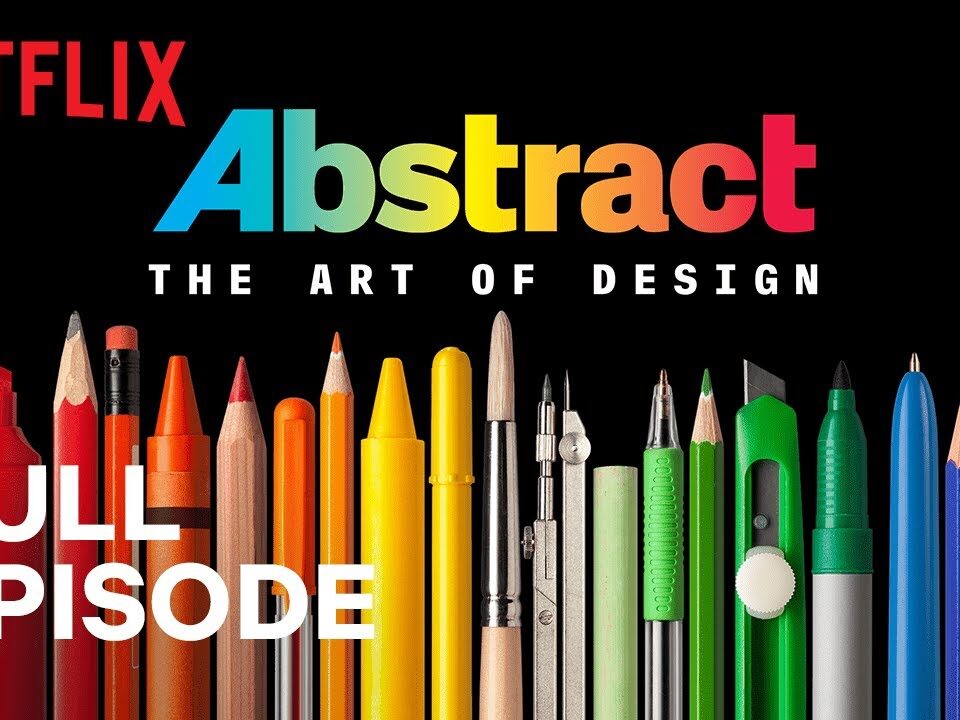
In the rapidly evolving landscape of web design, collaboration has emerged as a key ingredient for success. With the advent of Web 3.0, which focuses on decentralized and user-centric experiences, the need for collaborative efforts among designers, developers, product managers, and other stakeholders has become even more crucial. In this article, we will delve into the significance of collaboration in the context of Web 3.0 design and explore how it can lead to the creation of impactful and valuable digital experiences.
Web 3.0 represents a paradigm shift in the way we interact with the internet. It emphasizes the use of emerging technologies such as blockchain, artificial intelligence, and virtual reality to empower users and provide them with greater control over their online experiences. Unlike its predecessors, Web 3.0 places a strong emphasis on decentralization, data privacy, and user sovereignty.
In this new era, collaboration becomes essential because designing and building user-centric experiences requires input from multiple perspectives and expertise. By bringing together designers, developers, and product managers, organizations can leverage the unique strengths of each role to create holistic and effective digital solutions.
Designers play a crucial role in Web 3.0 design by understanding user needs, defining user journeys, and crafting visually appealing interfaces. They possess the skills to translate complex technical concepts into intuitive and engaging experiences that resonate with users. However, designers cannot work in isolation. Collaboration with developers is vital to ensure the feasibility and smooth implementation of design ideas. Developers possess the technical expertise to bring designs to life, ensuring that they are functional, performant, and optimized for various devices and platforms.
Product managers also play a pivotal role in Web 3.0 design collaboration. They act as the bridge between the design and development teams, ensuring that the final product aligns with the organization’s strategic goals and delivers value to the end-users. Product managers bring a holistic perspective to the table, considering market trends, user feedback, and business objectives when making decisions. Collaborating with product managers helps designers and developers understand the broader context of their work, enabling them to make informed design choices that align with the organization’s vision.
Furthermore, collaboration extends beyond internal teams. In the context of Web 3.0, involving other stakeholders such as marketers, data analysts, and user researchers becomes crucial. Marketers can provide insights into user preferences and market trends, helping designers create experiences that resonate with target audiences. Data analysts can provide valuable feedback on user behavior, enabling designers to make data-driven design decisions. User researchers can conduct user testing and gather feedback to validate design assumptions, leading to iterative improvements and enhanced user experiences.
Collaboration in Web 3.0 design goes beyond simply working together. It involves effective communication, shared goals, and a culture of open feedback and learning. Regular meetings, workshops, and brainstorming sessions can facilitate collaboration, allowing different perspectives to be heard and integrated into the design process. Tools and platforms that enable remote collaboration and real-time feedback further enhance the efficiency and effectiveness of collaboration in web design projects.
The benefits of collaboration in Web 3.0 design are numerous. By leveraging the diverse expertise of designers, developers, product managers, and other stakeholders, organizations can create experiences that are not only visually appealing but also functional, accessible, and aligned with user needs. Collaboration fosters innovation, ensuring that digital solutions push the boundaries of what is possible and deliver value to both users and the organization as a whole.
In conclusion, collaboration is of paramount importance in Web 3.0 design. The decentralized and user-centric nature of this emerging paradigm requires designers, developers, product managers, and other stakeholders to work together to create impactful and valuable digital experiences. By embracing collaboration, organizations can harness the collective expertise and perspectives of their teams to craft innovative, user-centric designs that set them apart in the evolving digital.



